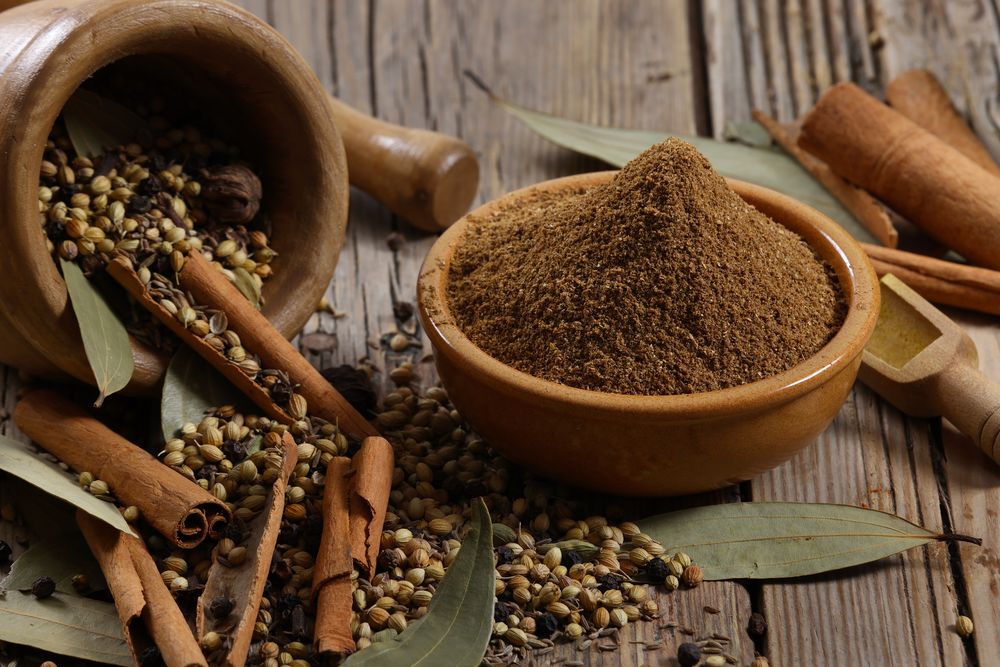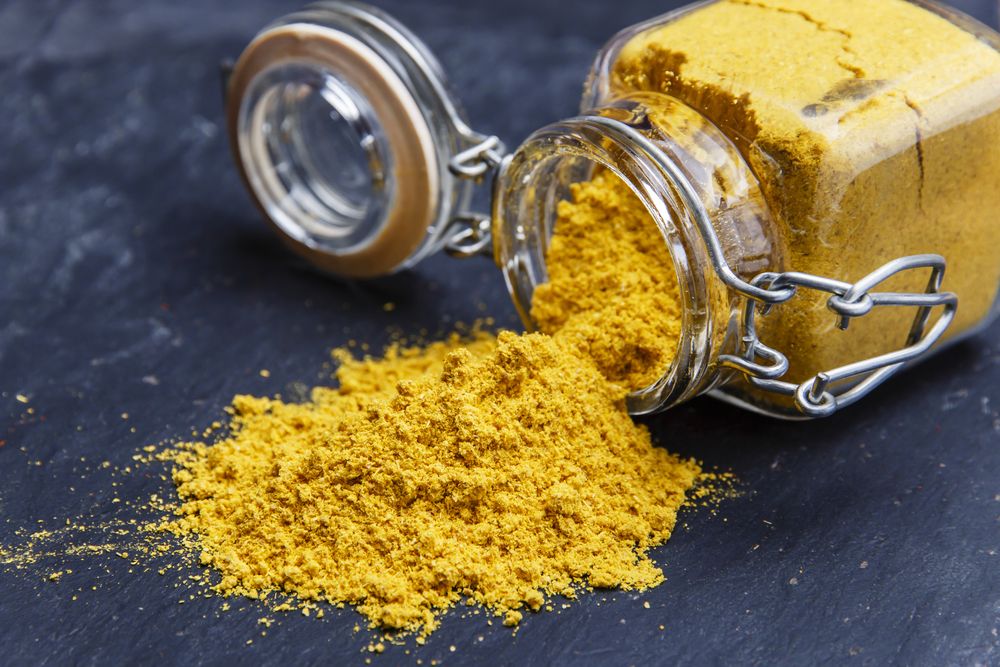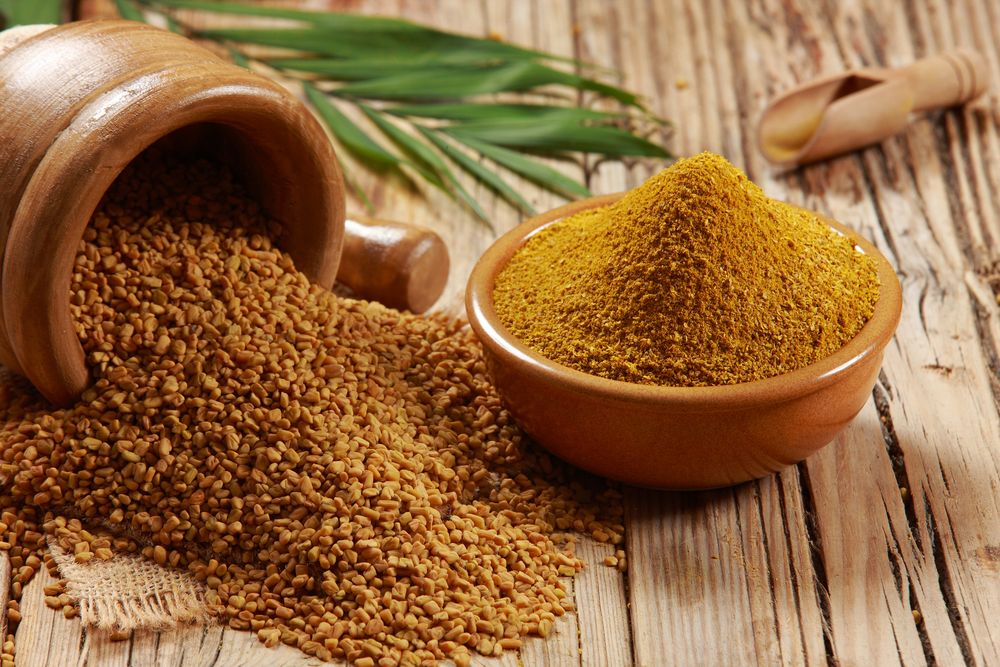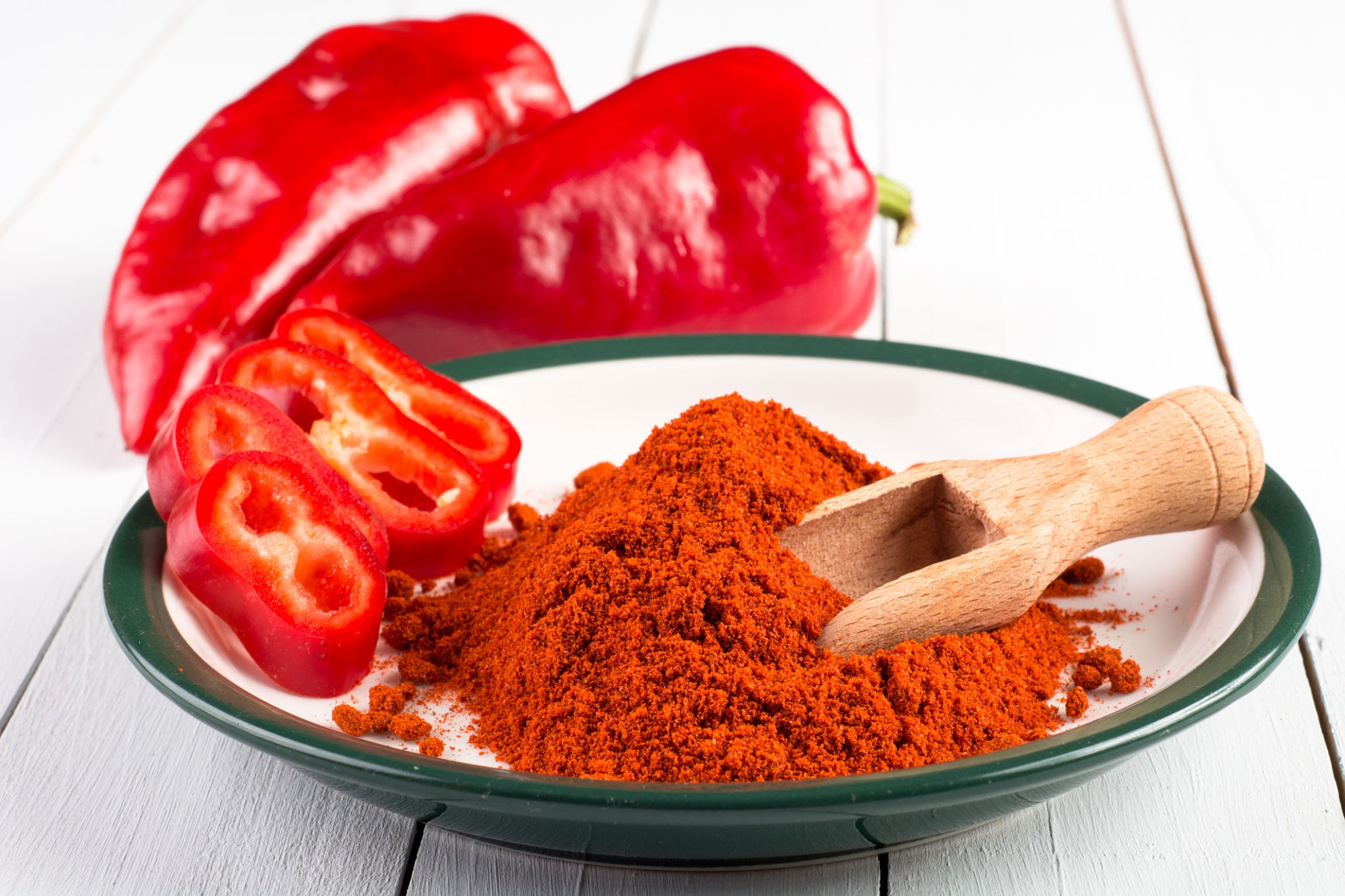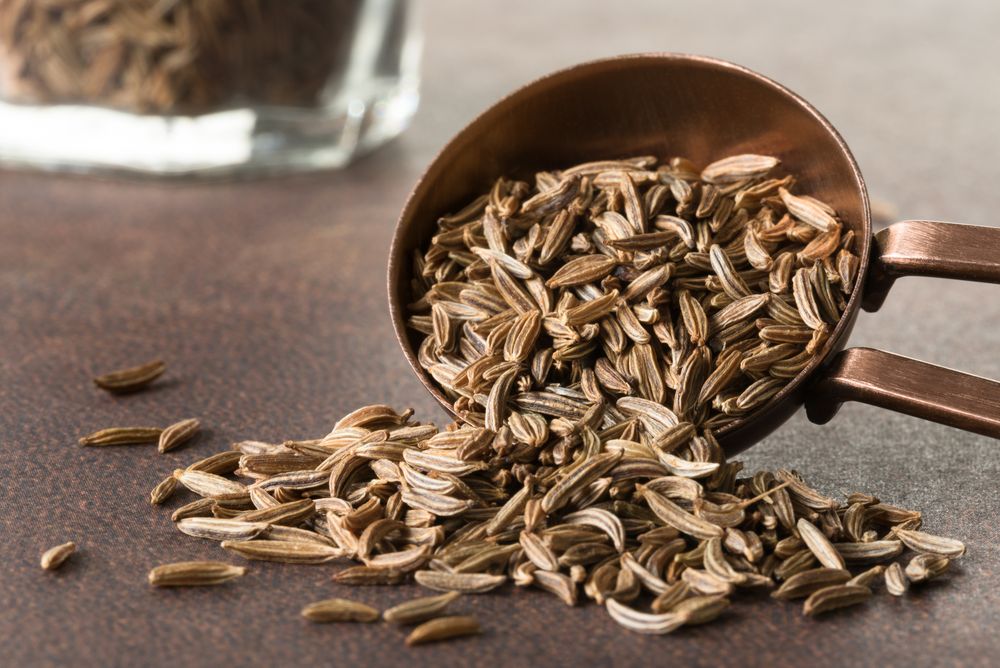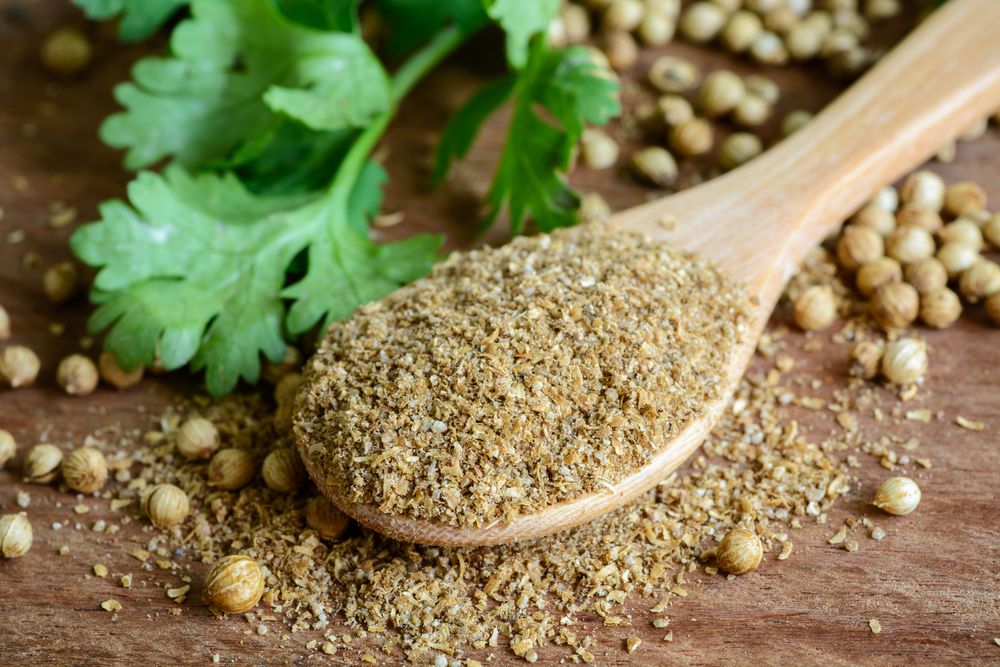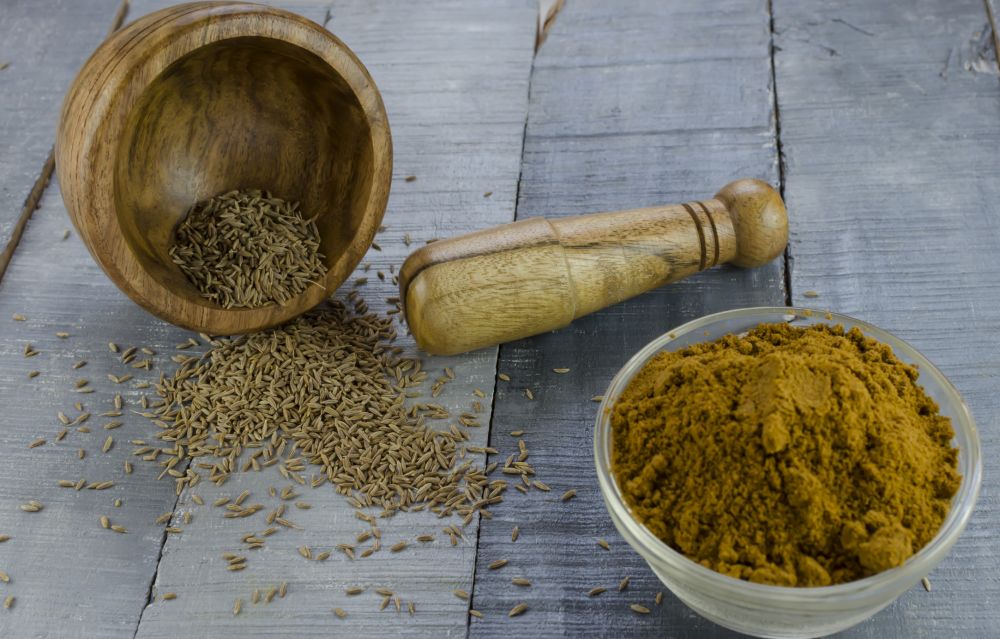Substitute for Cumin: 8 Alternative Condiments to Spice Up Your Meals
Many flavorful recipes require cumin as an ingredient, but if you don’t have any on hand, knowing a few good substitutes for cumin will help save your dish.
This article showcases the best alternatives to cumin to use in your recipes.
Cumin is a seed that is ground and used as a spice in Indian, Pakistani, Mexican, and Middle Eastern cuisine. This spice has a strong, nutty, earthy, smoky, peppery, lemony flavor and a slightly bitter taste. Cumin is often used to flavor curries, chili powders, and other dishes. When looking for a substitute for cumin, it’s essential to find a spice capable of mimicking at least part of these qualities.
The best alternatives to cumin are coriander, caraway, paprika, fenugreek seeds, curry powder, taco seasoning, garam masala, and chili powder are great alternatives to cumin. Here’s a bit of information about each of these herbs:
1. Coriander
Coriander is an excellent substitute for cumin, thanks to its spicy, slightly bitter taste and earthy aroma. However, coriander is milder than cumin and lacks heat.
Use coriander to replace cumin in soups, chicken, shrimp, lamb, burgers, pork, bacon, pilaf, salsas, dips, salads, and tomato dishes.
When using coriander in place of cumin, apply the 1:2 ratio. For example, use ½ teaspoon of coriander for 1 teaspoon of cumin. To make up for the lack of heat, throw in a pinch of chili powder or cayenne.
It’s best to replace cumin seeds with coriander seeds and cumin powder with coriander powder.
2. Caraway
Caraway is a fantastic substitute for cumin, thanks to its earthy taste with a hint of pepper and lemon. Conversely, cumin is a good substitute for caraway. Similar to coriander, caraway has a milder flavor than cumin but not enough heat. However, it also has a strong licorice flavor that will show up in your dish.
Use caraway to replace cumin in stews, salads, and dips.
When using caraway in place of cumin, apply the 1:2 ratio. For instance, use ½ teaspoon of caraway for 1 teaspoon of cumin. Be sure to add a dash of cayenne pepper or chili powder to compensate for the lack of heat.
For best results, substitute caraway seeds for cumin seeds and caraway powder for cumin powder.
3. Paprika
Paprika is a great substitute for cumin, thanks to its warm, earthy, spicy, and smoky flavor. However, paprika doesn’t share the citrus flavor of cumin.
Use paprika to replace cumin in dry rubs, curries, and stews. It will redden the food, though, due to carotenoid pigments like capsanthin and capsorubin.
When using paprika in place of cumin, apply the 1:2 ratio. For instance, use ½ teaspoon of paprika for 1 teaspoon of cumin. Taste and add more if needed. To make up for the lack of citrus flavor, mix paprika powder with a bit of ground coriander, or add a bit of lemon or lime to your dish.
4. Fenugreek seeds
Fenugreek seeds are a good substitute for cumin, thanks to the bittersweet taste and strong, slightly nutty aroma. The flavor of these seeds is similar to maple syrup.
Use fenugreek seeds to replace cumin in Middle Eastern and Mediterranean cooking, such as curry, lentil soup, roasted chickpeas, rice, kebab, stuffed tomatoes, and marinades.
When using fenugreek seeds in place of cumin, apply the 1:2 ratio. For example, use ½ teaspoon of fenugreek seeds for 1 teaspoon of cumin. Taste and add more if needed. Throw in a dash of cayenne pepper if you feel like more heat is necessary.
5. Curry powder
Curry powder is a great substitute for cumin since it’s a blend of many spices, including cumin. This powder also contains turmeric powder, coriander, ginger, cinnamon, mustard, black pepper, and fenugreek. Together, these ingredients create a warm, spicy, and earthy flavor similar to cumin. However, curry powder adds more flavors from the other herbs, so it’s best to experiment to find the aroma you like best.
Use curry powder to replace cumin in curries, meat stews, marinades, and rice dishes. In addition to the different flavors owed to the various spices, curry powder turns meals yellow, due to the turmeric powder.
When using curry powder in place of cumin, apply the 1:1 ratio. For instance, use 1 teaspoon of curry powder for 1 teaspoon of cumin. However, if your recipe calls for other spices that are part of the curry powder blend, leave them out or reduce their quantity.
6. Taco seasoning
Taco seasoning is a great substitute for cumin since it combines multiple spices, including cumin. This seasoning also contains garlic powder, black pepper, oregano, onion powder, crushed red pepper flakes, and salt.
Since taco seasoning is a mixture of several spices, it’s similar to curry powder. The two also share the warm, spicy, and earthy flavor, which is why you can use taco seasoning to replace cumin in grilled meat, seafood, chicken, rice, bean soups, and other Mexican dishes.
When using taco seasoning in place of cumin, apply the 1:2 ratio. For example, use ½ teaspoon of taco seasoning for 1 teaspoon of cumin. Taste and add more if needed. Since taco seasoning contains salt, reduce the amount of salt requested by the recipe. Check and lower the amounts of other spices that may already be included in taco seasoning.
7. Garam masala
Garam masala is a good substitute for cumin since it’s a spice blend that includes this condiment. Additionally, garam masala contains nutmeg, black pepper, cloves, cardamom, coriander, and cinnamon. The resulting flavor is warm, spicy, citrusy, and slightly sweet.
Similar to curry powder and taco seasoning, garam masala brings out other flavors in your dish due to the variety of spices. Use garam masala to replace cumin in curries, samosas, vegetables, and meat stews.
When using garam masala in place of cumin, apply the 1:2 ratio. For instance, use ½ teaspoon of garam masala for 1 teaspoon of cumin. Taste and add more as needed. Reduce the amount of nutmeg, pepper, cloves, cardamom, coriander, or cinnamon if any of these condiments are required by your recipe since they are already part of garam masala.
8. Chili powder
Chili powder is a decent substitute for cumin since it’s made of cumin and other spices. Depending on the composition of the chili powder, you may taste cayenne pepper, oregano, garlic powder, paprika, onion powder, and salt. Together, these condiments create a mild-to-moderate taste known as Tex-Mex (Texan-Mexican), which packs more heat than cumin. Since chili powder contains paprika, it will make your food redder due to the carotenoid pigments.
When using chili powder in place of cumin, apply the 1:2 ratio. For example, use ½ teaspoon of chili powder for 1 teaspoon of cumin. Taste and add more as needed. Check the other ingredients in your recipe and reduce their amount to avoid making the food too spicy or too salty. To neutralize the strong taste of an overly spicy chili powder and bring it closer to cumin, add a bit of acid at the end of the recipe like lemon juice or vinegar, a dairy product like milk or sour cream, or something sweet like sugar or honey.
FAQs
Find out more information about cumin:
What is cumin used for in cooking?
You can use whole cumin seeds to prepare cumin rice (jeera rice), potato curry, salads, soups, and baked goods like jeera cookies. Ground cumin is ideal for marinades, soups, stews, curries, barbecue sauce, hot sauce, vegetable dishes, salads, tacos, and spice blends.
Is cumin toxic?
Cumin is not toxic when used in moderation. However, if taken in large quantities, cumin may cause heartburn.
Is coriander the same as cumin?
No, coriander and cumin are different spices. Coriander seeds are light brown and round, while the most common cumin is amber and boat-shaped with ridges. Cumin also has a strong spicy and bitter flavor, while coriander is slightly sweet and citrusy.
Conclusion
Although it’s commonly found in the spices aisle of any grocery store, you can grow the cumin plant at home, harvest its seeds, and dry them to use in your dishes. This herb is a convenient go-to for many recipes since it gives your dish an infusion of flavor. If you’re out of cumin or just looking to add more variety to your cooking, consider one of the substitutes outlined in this article. With a little experimentation, you will find a new favorite addition to your pantry staples.
What’s your favorite substitute for cumin? Share your thoughts in the comments below!

